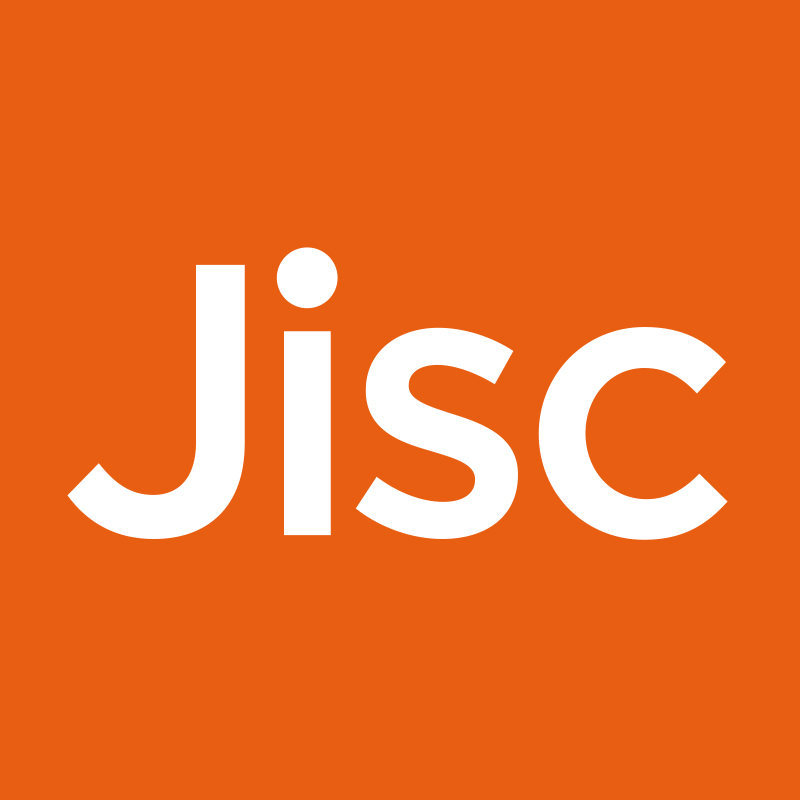Some of the initial findings of the web-based assessment of the discoverability of digitised collections are now available, as part of the Spotlight project.
The Discoverability Diagnosis, which we mentioned in the previous blog post, is one of the key activities the Spotlight project is undertaking.
It consists of an assessment of about 150 collections that were digitised over the last 10-15 years. It combines manual (human) and automated (programmatic) tests geared to find out how discoverable collections and their constituent items are on the public web. This will help us identify broad patterns and “pain points” for discoverability through an evidence-based approach. Some of the discoverability factors that are being assessed are listed in this document 130917 Discoverability Assessment v3_factors.
The collections being surveyed are a selection from major national investments such as the:
– Jisc Digitisation and Content programmes
– AHRC Resource Enhancement scheme
– New Opportunities Fund programme
This ensures not only that we can work with existing data sets, but also that there is a good spread of type of collections and formats, institutions, subject areas, and collections age.
Sero Consulting, who are conducting the assessment for the Spotlight project, have provided us with some early observations from a pilot analysis of around 40 collections.
Early Observations
1 – Initial (and incomplete) comparisons between the 2011-13 Jisc Content projects and earlier rounds of digitisation indicate that the most recent projects demonstrate stronger and more consistent indications of discoverability at collection / aggregation level.
2 – This seems to reflect broadly increased clarity about what it takes to become highly ranked in Google et al (SEO and more) – and that HE practitioners have learned lessons along with the rest of the world.
3 – There are significant disparities between projects of all vintages regarding how discoverable their content is at item level; whilst we should distinguish between item types (eg photos/ephemera vs substantive documents), the likelihood is that many cross-cutting collections need to be discoverable at item level as far as the researcher or student is concerned.
4 – Projects that act as aggregators differ according to where the actual items are located and how they are controlled; those that necessarily adopt a distributed model are prone to vagaries of such as host permissions and viewer behaviour.
5 – Incidence of clear and reasonable Terms & Conditions of Use and explicit Creative Commons licensing has predictably increased over time; it appears that many older digitization collections have not chosen to catch up.
6 – Citation of resources on the web (as opposed to in articles) is extremely variable, for example in the ‘.ac.uk’ domain or in Wikipedia, though some collections have made significant ripples.
7 – We have yet to consider the role of social media and how it might systematically and persistently be used to contribute to discoverability despite its unpredictable and ‘bursty’ profile in the wild.
Potential Conclusions
8 – A number of these observations suggest that a national response might usefully include focused intervention in worthy ‘early digitisation’ collections to support upgrade to current discoverability guidelines. This might also be the focus for commissioning some of the proposed Spotlight technical tools design.
9 – Alternatively one might argue that these disparities between the old and the new projects suggest a lack of ongoing curatorial oversight that might blight this work more generally over time – even when digitisation is complete, it needs to be sustained in the evolving technological environment.
10 – A number of universities emerge from over a decade this work as exemplar exponents of discoverable digitisation not limited to individual projects; this good standing is often linked with commitment to some form of sustainable digital collection infrastructure and associated standards.
Feedback from colleagues involved in digitisation or the presentation of open scholarly resources online is particularly welcomed.

One reply on “Initial findings from survey of discoverability of digitised collections”
[…] Read full post here. (Originally posted September 18, 2013) […]